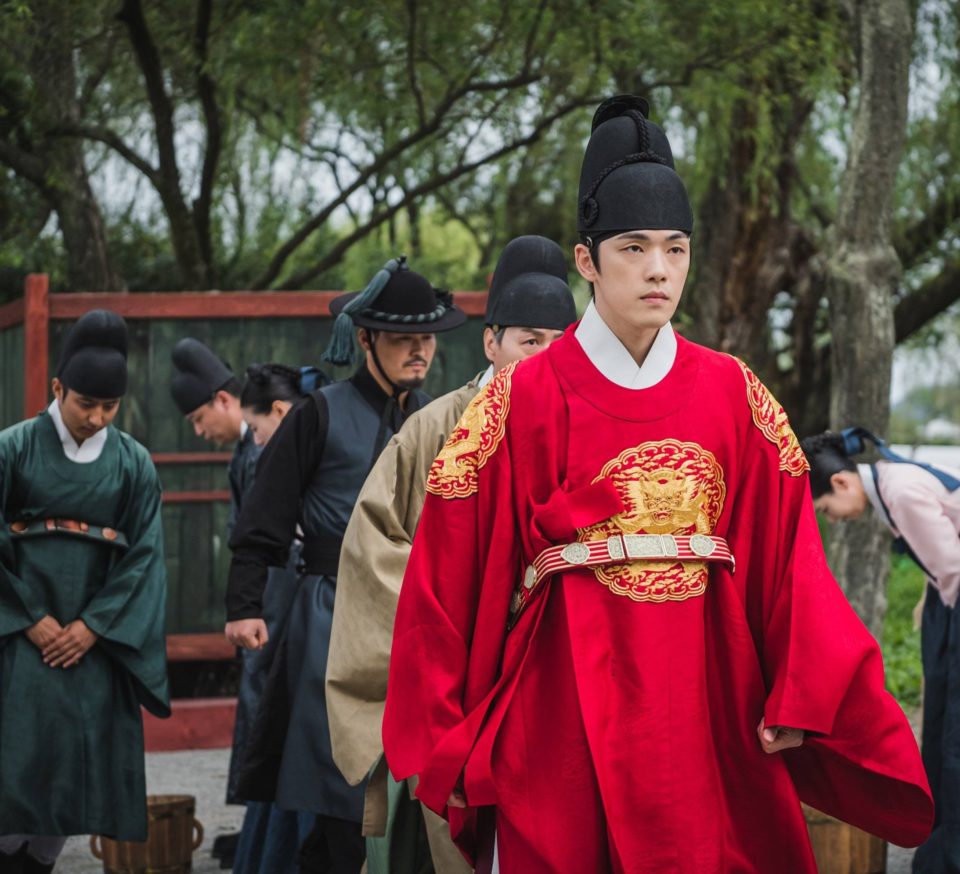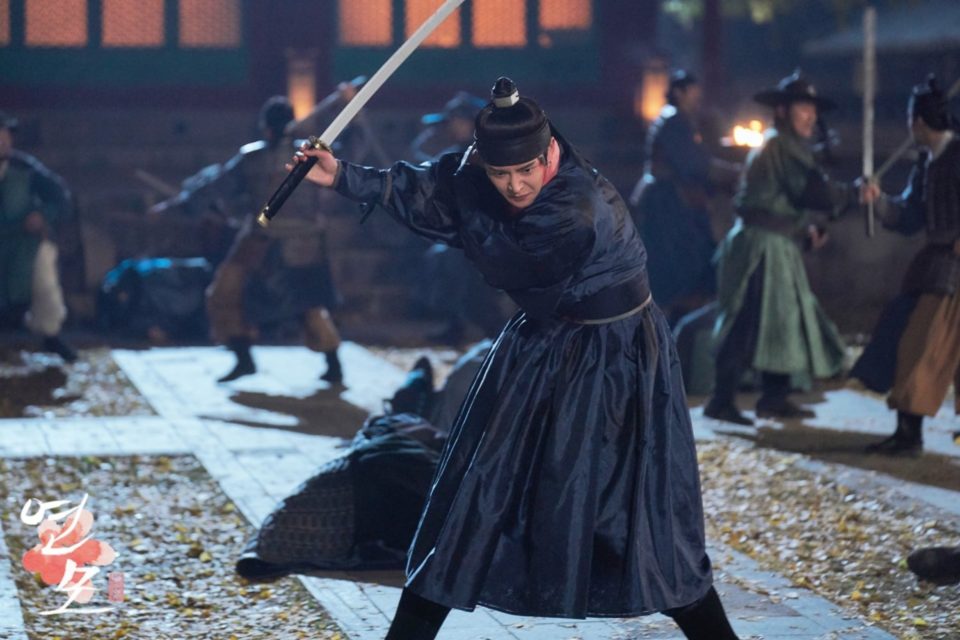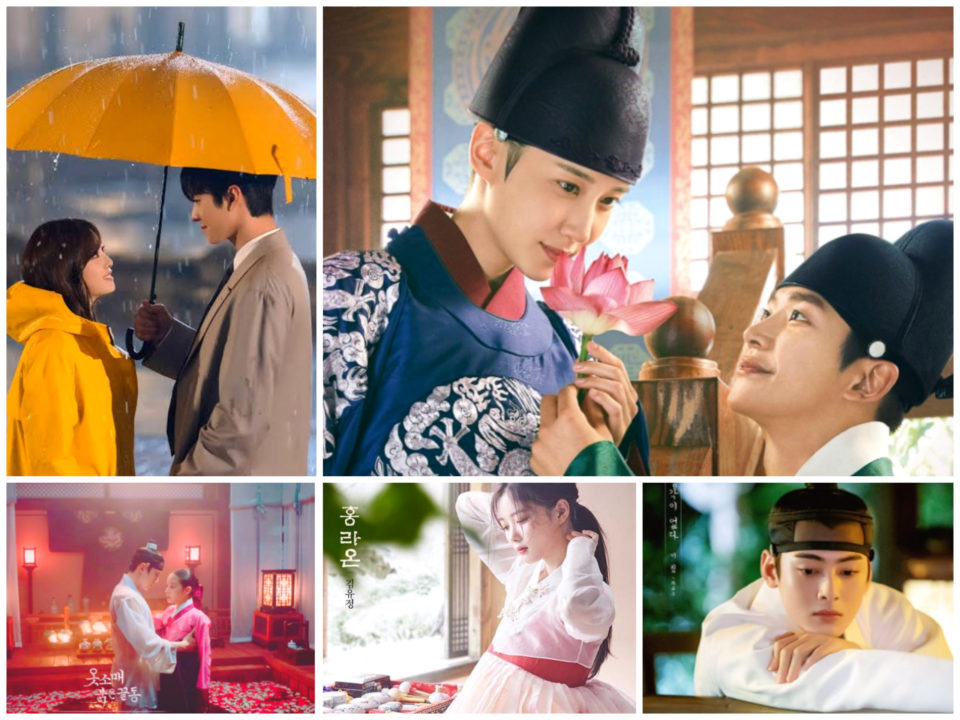The Symbolism of Colors in Korean Dramas
Color representation and symbolism in Korean dramas are just as fascinating as their history
In films, dramas, and other forms of media, color-coding is a vital ingredient in the recipe for success. Colors are a simple way to communicate a subject’s tone or traits, a quick and easy way to visually relay vital information about characters or a setting. In light of this, K-drama is no exception. The incredible use of color palettes and color arrangement in tandem with the plot, which also conveys a number of meanings and symbols, is one of the most impressive features of its storytelling.
White, black, red, blue, and yellow are among the five colors of the Obangsaek or traditional Korean color spectrum. These five colors in Korean culture signify the five cardinal directions. They can be seen in Korean artwork, architecture, and cuisine, among other things. It is said that a food platter consisting of Obangsaek’s colors promotes physical and mental well-being. Popular Korean meals such as bibimbap and japchae are fantastic examples of this type of meal. Bibimbap has made an appearance in several K-dramas and other Korean programs. Consider the following episode of the renowned variety show Home Alone, in which Hwasa’s (Mamamoo) bibimbap mukbang is featured.
In Korean culture, white is intimately associated with purity and mental clarity. Since ancient times, Koreans have been dubbed “the white-clad people.” White represented refinement, tranquility, and wisdom during the Joseon era. As a testament to the scholar’s austerity, Confucius’s devotees often sported white robes. White also has profound cultural connotations because Koreans used to wear white hanbok (traditional dress) to show patriotism. On the other hand, black was associated with obscurity and mortality. In historical Korean dramas, the traditional black hat emphasized formality and dignity. In recent years, black has become a hallmark of refined style and elegance.



Love, passion, and romance are all connected to the color red. It is also linked to war, ruthlessness, and violence. The balance of red and blue has great meaning in Korean culture. While red represents yang’s (the man’s) energy, which is masculine in nature, blue represents yin’s (the woman’s) energy. That’s a reason why the color red in the Korean flag is tempered by the color blue, and also why a would-be couple picks red and blue for their wedding outfits. I’m sure you remember the iconic wedding scene from Princess Hours where Crown Prince Lee Shin (Ju Ji-hoon) and Chae Kyung (Yoon Eun-hye) are seen wearing wedding robes in these traditional colors. Following the Korean War, red was considered to have been the color of communism. However, in K-dramas, red is primarily used in narratives to express passion in romantic scenes.


Another interesting piece of information I came across is that during the Joseon era, pink, light blue, and sometimes other pastel shades were the most popular colors for a hanbok. These colors, however, were intended not only for the ladies of the time but also for men, particularly the elite and Confucian intellectuals. So, contrary to popular assumption, the color pink is not necessarily feminine in Korean history. K-drama women in pink hanboks are just a classy and beautiful portrayal of how immensely attractive hanboks can look when women wear them.
Green represents prosperity, development, and a new beginning in Korea. This might explain why many retailers and businesses have their buildings painted green in the hopes of attracting wealth and well-being. On the other hand, yellow signifies royalty, elegance, and purity. It represents mother nature, soil, and fertility.
It also denotes joy and happiness, as well as the fusion of love and growth. The color represents Song Ma-rin (Shin Min-ah) and Yoo So-joon’s (Lee Je-hoon) marriage in Tomorrow with You. The use of a yellow umbrella represents the current mood of happiness, which is something we also see in the romantic sequence between Do Min-ik (Kim Young-kwang) and Jung Gal-hee (Jin Ki-Joo) in Secret Life of My Secretary. While yellow’s brightness radiates the vitality of a child, it also serves as a symbol of warning.


Featuring Kang Daniel, Dreamcatcher, (G)I-DLE, Sunmi, P1Harmony, BIBI, Bang Yongguk, Holland, Victon's Hanse, Suran, Junny, and more, get a nuanced understanding of the Korean music landscape with Rolling Stone India's K-Music Special issue. Buy your physical copy here.




